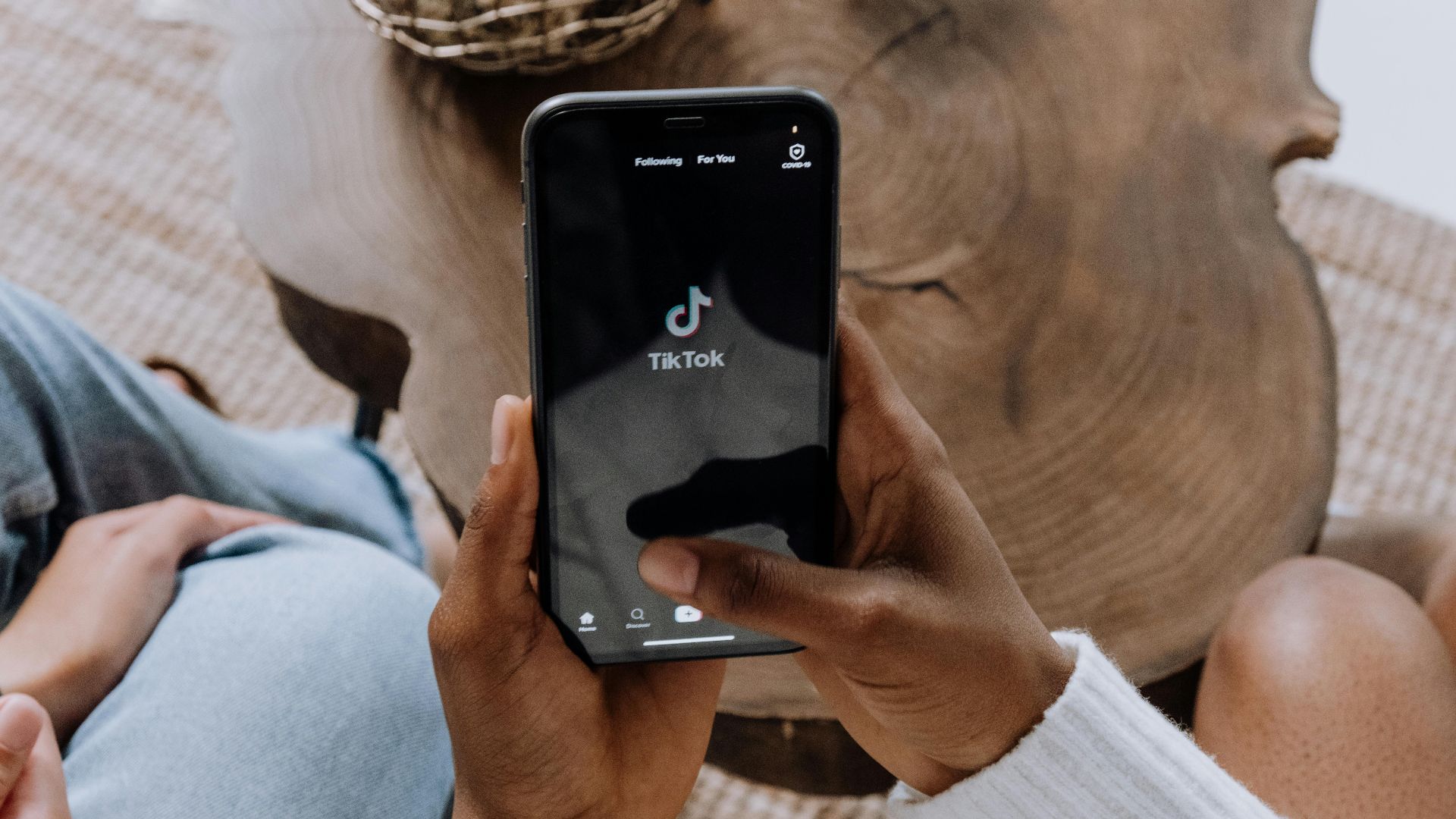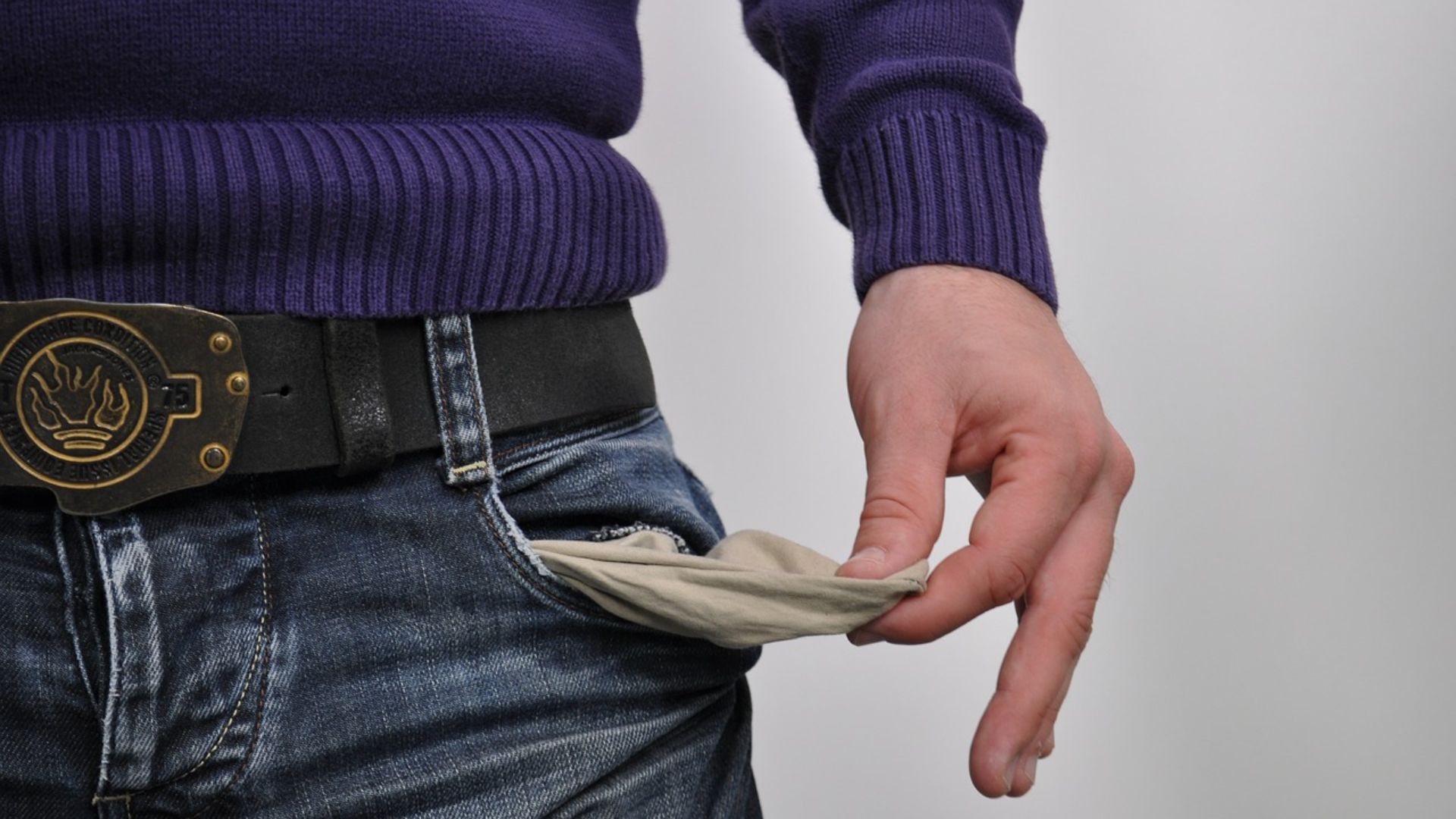Are You an Impulsive Shopper?
We get it—sometimes deals are hard to pass up. Sometimes, you just want something because you're craving it, like a stick of gum or a bag of chips. Whatever the reason, if you're often driven by your emotions and find it difficult to control your spending, you might be an impulsive shopper. Read on to discover the 10 signs of impulsive shopping—and 10 ways to break the cycle.
1. Seeking Instant Gratification
Impulsive shoppers want that addictive thrill they get every time they purchase something; it often doesn't matter what the item is. If you constantly have things in your online shopping cart from across multiple websites and get a rush when you hit the checkout button, you're likely an impulsive shopper seeking instant gratification.
2. Going Over Budget
If you have a budget you set for yourself every month but constantly overspend, that's another obvious sign. What's more of a red flag is when you know you have a habit of excessive spending, but you don't have a proper budget in place. Without keeping track of your finances, you risk going over your limit.
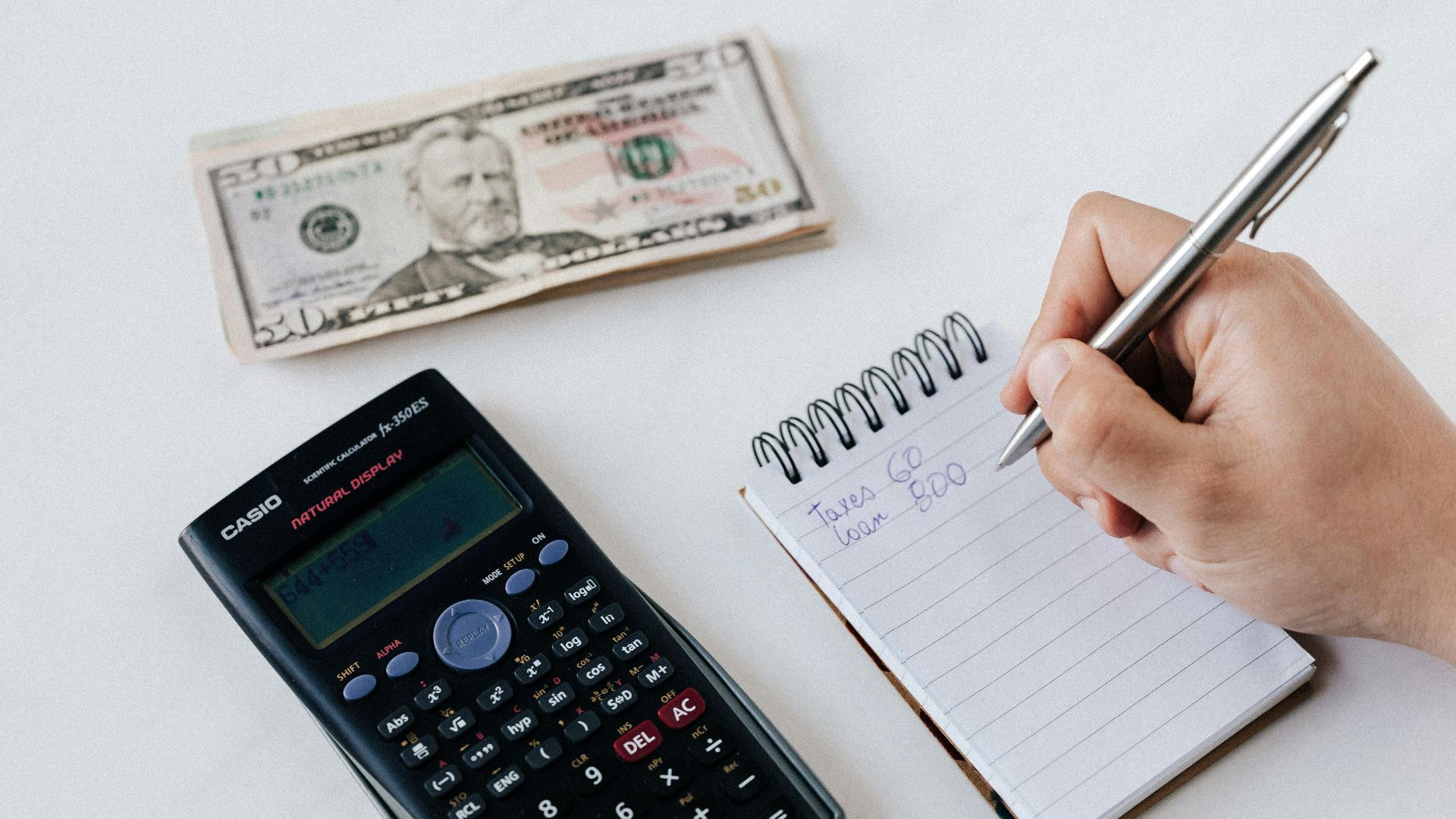 Photo By: Kaboompics.com on Pexels
Photo By: Kaboompics.com on Pexels
3. Straying from Shopping Lists
Do you ever go into the supermarket only to come out with more than what you intended to buy? Maybe you went for a quick trip to buy eggs and milk but ended up with those two items plus a dozen more things, including chips or candy bars, just because you were craving it.
Letting your emotions persuade you in the moment is a classic sign of impulsive shopping.
4. Not Weighing Pros and Cons
If you buy items without thinking too deeply about what use they might bring or what benefits or disadvantages they might carry, then you're acting on impulse. An example of this might be seeing something that's on sale and buying it purely because it's discounted.
5. Not Separating Wants from Needs
Similar to not weighing out benefits and disadvantages, impulsive shoppers typically can't separate wants from needs. Needs are something you must buy—they're essentials, like toilet paper or laundry detergent. Wants are usually things you already have and can live without, like clothes, shoes, and accessories.
6. Easily Influenced
Another sign that might indicate you're an impulsive shopper is if you're easily influenced. Whether it's in person or online, you take someone else's word as gold, and you immediately think that you should also buy whichever product they're talking about purely because they raved about it.
7. Don't Read Reviews
On the contrary, sometimes you don't even care or need someone's second opinion about whether or not to buy an item. You might be instantly drawn by the deal or how the product is advertised. It doesn't cross your mind in that moment to read up reviews to see if the purchase would be a good investment—you just go for it.
8. In Debt
A glaring red sign that you don't have control over your shopping urges and finances is when you're constantly struggling or unable to pay your bills in full.
Whenever you can, scroll through your card's transaction history and calculate what percentage of products were wants and not needs. This ratio can give you a better idea of how much you're overspending or impulsively shopping.
9. Hiding Purchases
Impulsive shopping can lead to the point where you're buying so much, you feel ashamed about it. So you start hiding your purchases from your loved ones, thinking maybe if they don't see it, you won't feel as guilty. Be careful—if you find that you're always itching to buy things you don't need and keeping them secret, you might be a compulsive shopper.
10. Feel Buyer's Remorse
After going on an impromptu shopping spree, even if it's just a single unplanned purchase, you might feel buyer's remorse shortly after. This is another sign you acted on impulse when you bought the item (or items). Often, the feeling gets so strong you decide to return it.
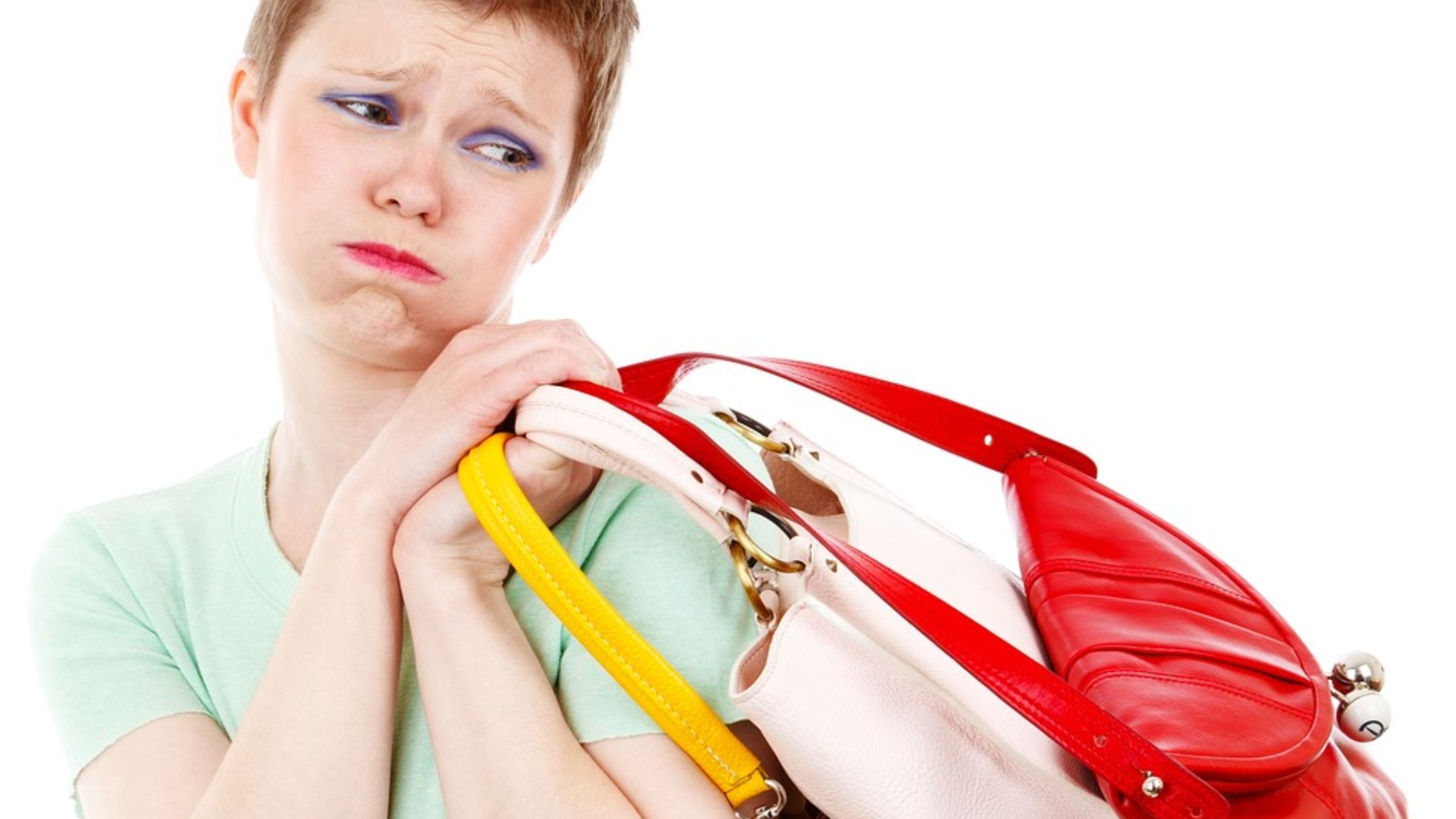 PublicDomainPictures on Pixabay
PublicDomainPictures on Pixabay
Now that you're aware of the signs of what impulsive shopping looks like, let's jump into 10 ways you can break the cycle.
1. Keep Track of Finances
Set a strict budget for yourself. Go over your finances and transaction history, and make sure you know where your money's going. The more you get into the habit of keeping track of your finances, the less likely you'll overspend.
But again, if you find that you constantly have an itch to shop, you might be dealing with compulsive shopping instead and may need to talk to a therapist.
 Photo By: Kaboompics.com on Pexels
Photo By: Kaboompics.com on Pexels
2. Use Cash
We know—in this day and age where everything is going digital, it's a challenge to pay using cash only. But this could help curb the impulsive shopping cycle since most places don't accept cash. This might also help you distinguish between something you absolutely need, like groceries, versus something you just want in the moment.
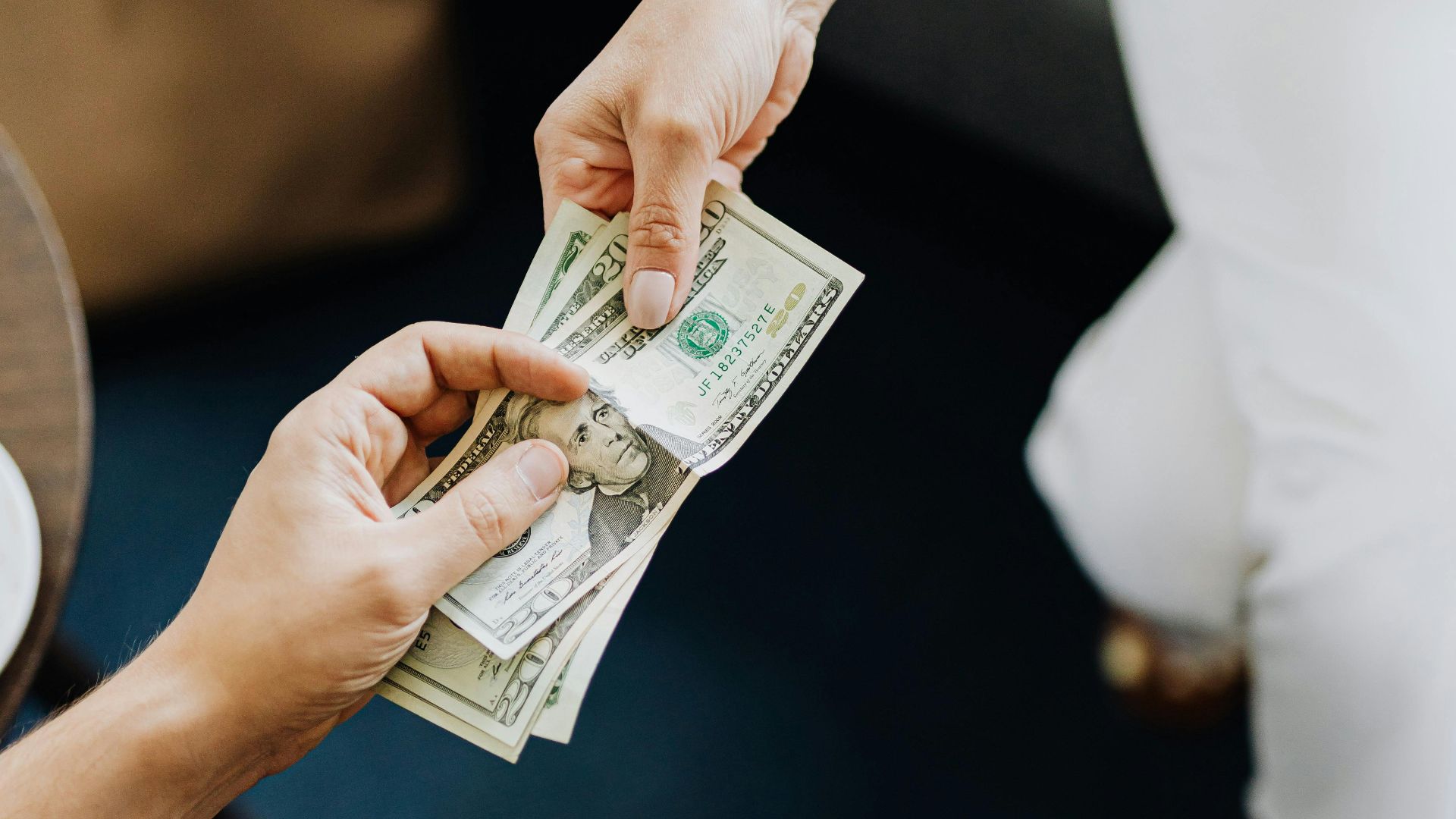 Photo By: Kaboompics.com on Pexels
Photo By: Kaboompics.com on Pexels
3. Make Lists
It may help to write out shopping lists if you don't do this already, as it'll allow you to clearly plan what you need to buy. However, if you find it hard to stick to your lists, bring a friend or loved one along during your shopping trips so that they can make sure you don't go overboard.
4. Ask Yourself Questions
Is this item a want or a need? Can you make this purchase right now? Will buying this make you go over budget? Asking yourself these questions will give you more perspective on what about the item—or your emotions—is driving you to buy it.
5. Give Yourself Time to Decide
Since impulsive shopping is often influenced by momentary emotions or urges, the next time you feel the itch to buy something, step back and give yourself time to decide.
If you were to walk out, would you still be thinking about this item? Would you regret not purchasing it? Or would you later realize that you didn't need it after all? Giving yourself pause can help you better reflect on your urges.
6. Shop in the Right State of Mind
Again, since impulsive shopping is often due to our momentary emotions or cravings, avoid shopping when you're not in the right state of mind. Shopping when you're stressed, sad, angry, or even hungry can lead to many unplanned purchases you wouldn't have made if your mind was clear.
 Joshua Rawson-Harris on Unsplash
Joshua Rawson-Harris on Unsplash
7. Limit Time on Social Media
This tip is especially helpful for those who are easily influenced by what others say on the internet or social media. If you're the type to buy into trends, whether it's a new skincare brand or clothing item that's being advertised, try to limit the time you spend on these platforms so you're less affected by these urges.
8. Stop Comparisons
Stop comparing what others have to what you have. The more you dwell on items that other people have, like the latest new phone or a trendy pair of jeans, the more you'll be tempted to buy them. A good question to ask yourself before purchases like this is: do you want the item, or do you only want it so others can see that you have it?
9. Try a No-Spend Challenge
This is exactly what it says on the tin—challenge yourself not to buy anything. This could simply be for a week at first.
Then, you could gradually work up to two weeks or a month. During this time, don't spend money on anything nonessential, like restaurants, movies, or new clothes.
10. Treat Yourself Occasionally
Even though you're trying to break the cycle of impulsive shopping, it's okay to still occasionally treat yourself. The key is moderation and control. Try the no-spend challenge for a month, then reflect on your progress. If you've reviewed your finances and you're still sticking to your budget, don't be afraid to reward yourself every now and then. (You can even set a "rewards" budget, too).














